The purpose of the solenoid coil is to convert electrical energy into a linear motion.
Principle
A solenoid valve is an electrically controlled device. The valve consists of a copper wire wound around a hollow form, which is an electric coil with a movable ferromagnetic core also called a plunger located in its center.
In the rest position, the plunger closed off a small orifice. Upon passing a current through the coil, the lines of magnetic flux turn the plunger into an electromagnet.
The generated magnetic field exerts an upwards force on the plunger opening the orifice.
The following image describes the various parts of the solenoid valve.

Types of Solenoid
Solenoids valves are available with two types of power.
- AC powered Solenoid
- DC powered Solenoid
AC Solenoid versus DC Solenoid
Operational Noise
- If there is a clearance between the movable and stationary iron cores of an AC solenoid, the solenoid coil gets heated up and chances of even coil burn out.
- In the case of DC solenoid, its exciting current remains constant regardless of the clearance of the movable and stationary iron cores. Therefore, a shock-absorbing material can be provided between the movable and stationary iron cores to minimize operation noises.
Power Requirements
- AC driven solenoid valves are comparatively larger in size. Consume higher levels of power to produce a relatively slow action.
- While DC operated solenoid valves use small, solid-state components to produce fast actions from compact devices.
- AC solenoid valves require a strong peak current to open the valve. Once the valve is open, the current drops to the level which is just sufficient to hold the plunger in place to keep the valve open and running. This helps in reducing the overall power consumption.
- DC solenoid valves require a constant stable flow of current for their operation resulting in high consumption of electricity as compared to the AC solenoid valves.
Buzzing Noise
- DC solenoids do not generate the buzzing noise.
- AC solenoids generate buzzing noise due to the pulsating attraction force. A buzzing noise indicates the plunger is not fully seated. If buzzing is allowed, it will result in overheating of the coil and eventually burn out.
The Exciting Current
- The exciting current of an AC solenoid is varies depending on the stroke.
- In the case of DC solenoid, the excitation current is decided by the coil DC resistance only and is constant regardless of the stroke. The heat generated by the resistance to the current flow of the coil winding is constant and weaker regardless of the plunger position.
Operating Time
- The operating time of the DC solenoid is constant regardless of the frequency. This is because it is driven by DC.
- The operating time of the AC solenoid not constant and varies with the frequency of operation, which will also affect the heat buildup in the coil.
Service Lifetime
The service life of the DC solenoid depends greatly on the amount of mechanical wear and tear between the movable iron core and the guide (pipe).
The sliding part or section of the guide is specially treated to extend its service life.
Desired Attraction Force
With DC solenoid, the attraction force identical to the actual load can be provided by changing the shapes of the mating section of the movable and stationary iron cores.
Read Next:

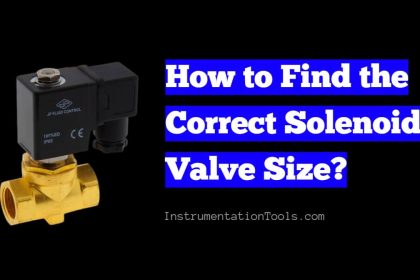
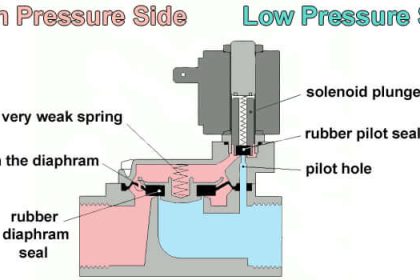
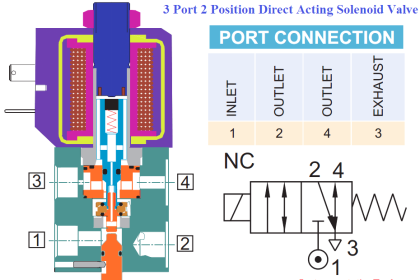

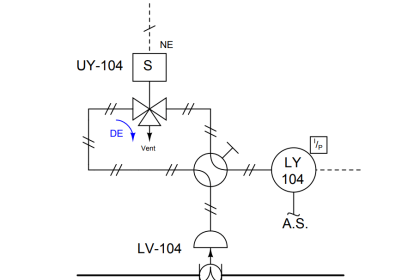

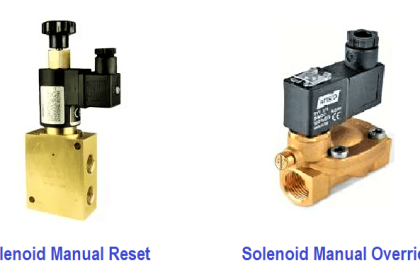
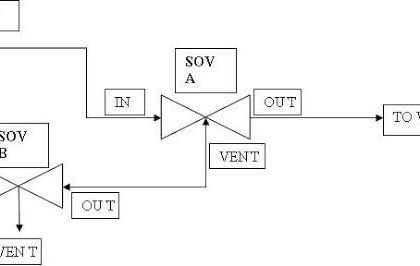
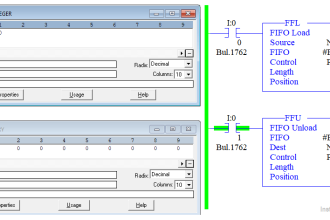

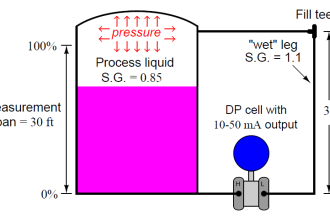
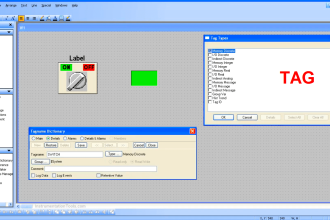
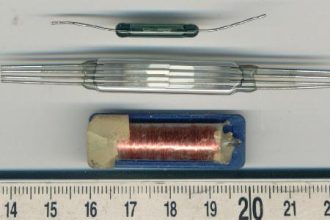
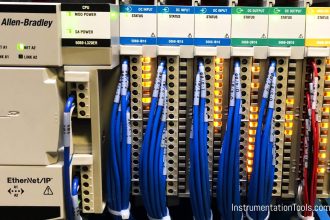

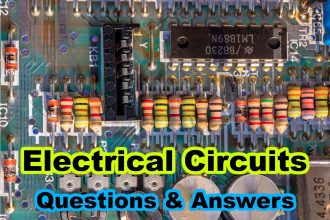

Dear Sir.
Request to send details of solenoid valve,
Thank you
Regards
Ajay Dumbere
Sir thanks very much we are get very valuable knowledge
Thanks
thank you very much. i think i get some information that i can use when im working